Showdown: Sony Xperia Z1 Compact vs Apple iPhone 5S
- 24 March, 2014 13:30
Customers no longer have to choose between an iPhone or a big Android device following the release of Sony's 4.3in Xperia Z1 Compact. The smartphone bundles performance innards with a 20.7MP camera and waterproof credentials, but will this be enough to sway customers interested in Apple's iPhone?
Design
The Z1 Compact and the iPhone 5S might hover around the same size, but the designs of the two smartphones couldn’t be more different.
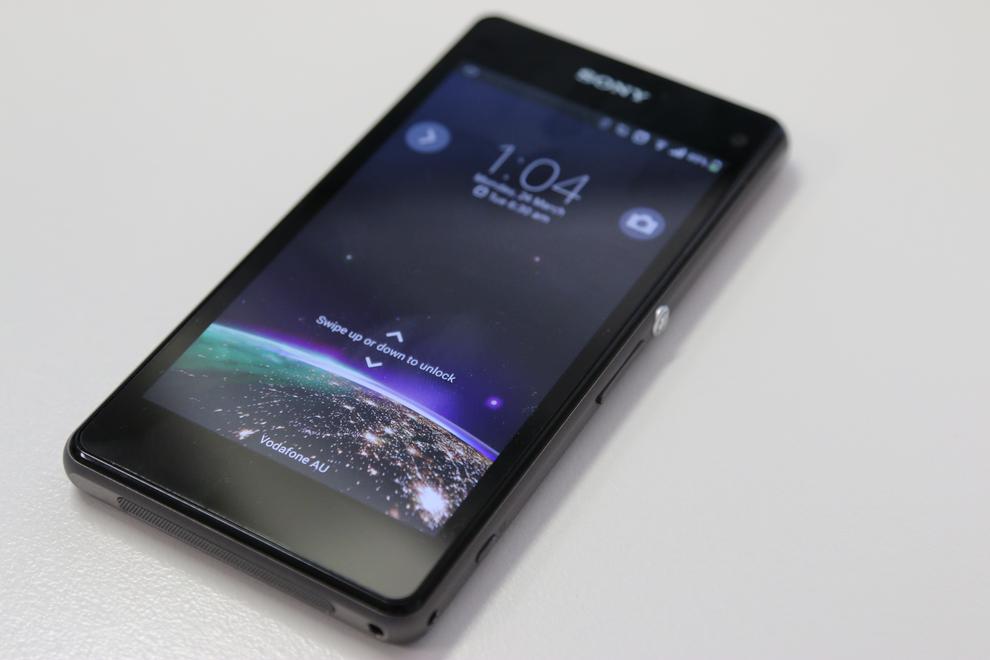
Sony has tried to give the Z1 Compact an understated elegance by keeping the smartphone simplistic. Its flat front and back are free from imperfections, and the look of light shimmering on its uninterrupted face looks sublime.
Related: Top rated, best smartphones
Unfortunately this look is spoiled by the many waterproof flaps on its left side, and the dense arrangement of ports undermines the Z1 Compact’s overall appeal. It's a case of function overruling style, and as a result, the smartphone has to rely on its features if it's going to establish any kind of emotional connection.
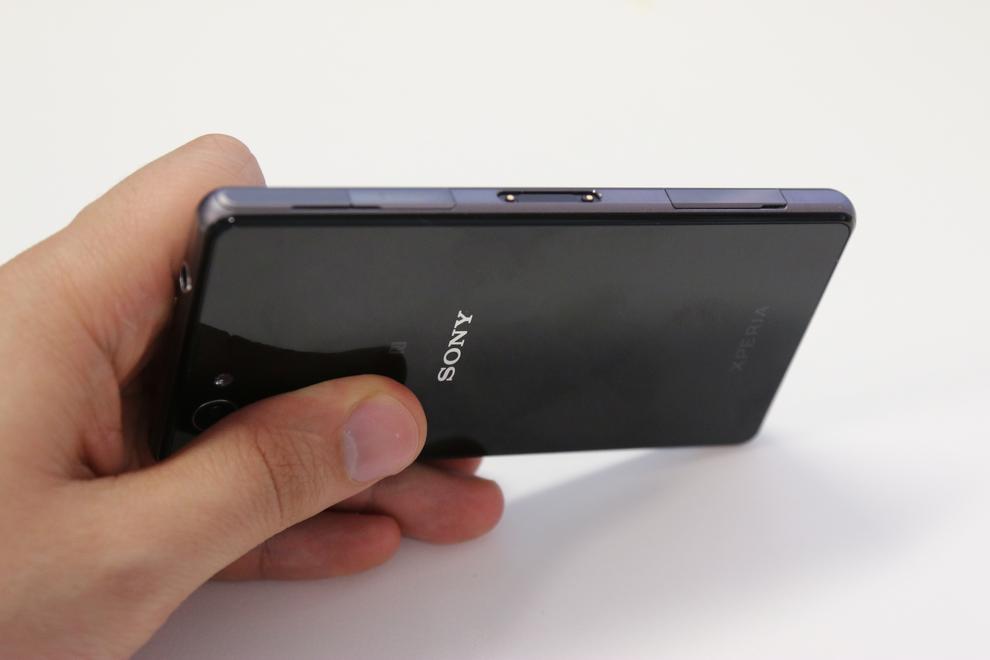
Then there’s the Apple iPhone 5S, idly laying on the desk with nothing but elegant curves, premium materials and the marks of exquisite craftsmanship. Whereas the Z1 Compact looks functional, the design of the iPhone 5S has been dictated by beautiful simplicity.
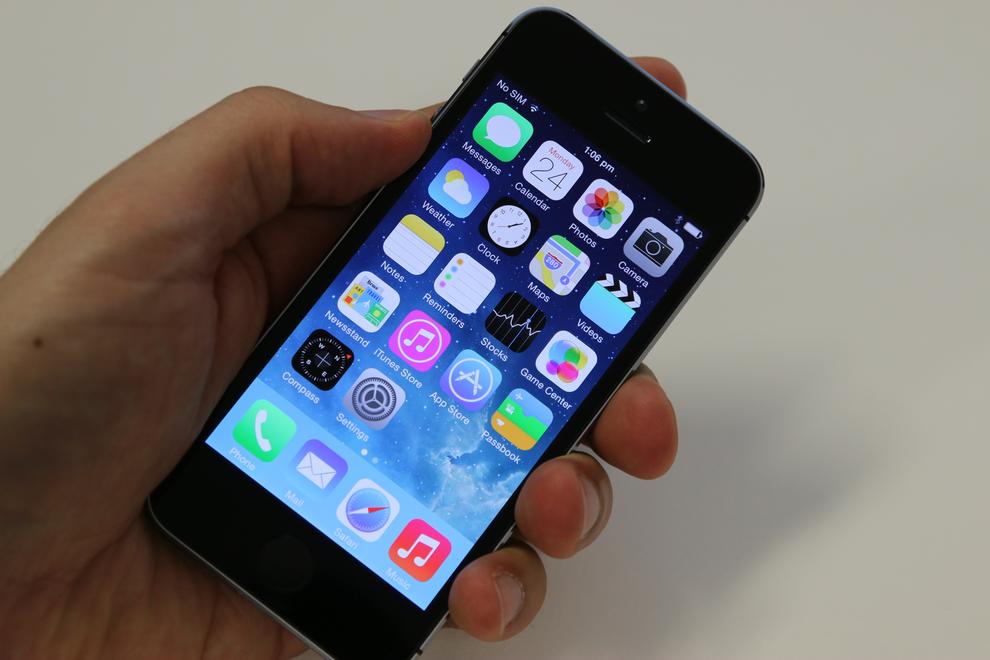
Beauty stems from an almost-obsessive attention to detail. Pick the smartphone up and you'll notice crystalline-diamond cut edging. Then there's the machine drilled speakers and the bespoke 'profile' switch. Its front and back are flat too, but kind curved corners add charm to the 5S. Apple’s smartphone is also noticeably smaller, and this makes it less intrusive.

Winner: Apple iPhone 5S
Software
A point of difference between the Sony Xperia Z1 and Apple’s iPhone 5S is the software. The Z1 Compact uses Google’s Android, while Apple continues to rely on its own iOS.
The two operating systems might be developed by different companies, but picking between them boils down to a matter of preference. Both operating systems are incredibly functional, benefit from extensive application support, make use of familiar gestures and are beautiful to use.
Sony
Sony adds a custom overlay that complements the Android 4.3 Jelly Bean software extremely well. Noticeable additions include apps that position the Z1 Compact at the heart of Sony home entertainment systems.
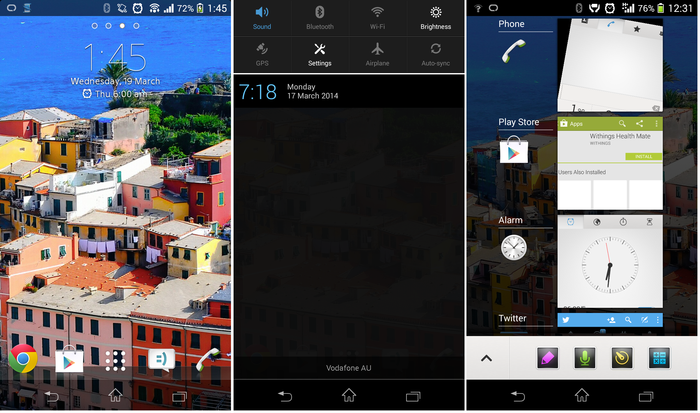
The Z1 Compact displays a level of intuition by launching relevant actions automatically. For example, music automatically resumes when you plug in headphones, or when the smartphone is recognised by a home audio system. Furthermore, the display on the smartphone can be ‘mirrored’ on televisions and other displays compatible with the Miracast standard.

Owning Sony televisions and sound systems isn’t necessary for these features to work; however, there are benefits to having other Sony products in your ecosystem. Setting all of the devices to communicate with one another will be easier, and will using it with your PlayStation.
Sony gains access to Google’s rich ecosystem by using the Android operating system. A simple gmail account acts as a skeleton key that backs up your contacts, calendar, applications, browser and Google’s range of content services. This means the vast range of information on your phone is backed up and can be easily transferred to other Android accounts.
The Xperia Z1 ships with Android 4.3 Jelly Bean, but Sony has pledged an update to the latest 4.4 KitKat will be made available.
Apple
Sony might appropriate the Android software well, but Apple tailor its software from the ground up to suit the iPhone’s hardware. The interface is undeniably beautiful, with its seamless transitions and the colourful persona of iOS 7.
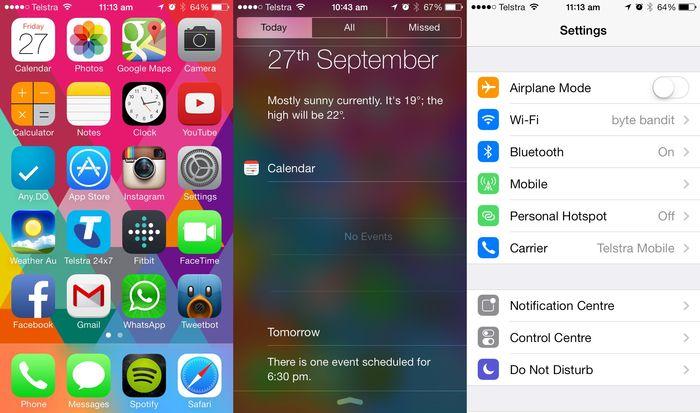
Apple restricts how you manage personal and multimedia content on the iPhone. iTunes is used to update the iPhone’s software, backup personal information and synchronise eBooks, photos, music, movies and applications. Many people will find iTunes streamlines how you use an iPhone, but others will find its restrictions limiting and dictatorial because there is no alternative.
Carefully controlling each aspect of the ecosystem has also streamlined how an iPhone interacts with other Apple devices, including the company’s computers, tablets, Apple TV, and compatible AirPlay speakers. Setting the standard has put Apple in the unique position of having a very strong product ecosystem, to the result other companies rely on the iPhone to deliver their products and services.
Apple pioneered the app store in 2007 and it now hosts in excess of one million apps. This is marginally more than Google’s Play store,
Winner: Draw. Both operating systems deliver the same extensive range of features.
Next: Spec for spec
Page Break
Spec-for-spec
Sony Xperia Z1 Compact
|
Apple iPhone 5S
|
Verdict? |
|
|---|---|---|---|
| Operating system | |||
| Screen size | |||
| Display resolution | |||
| Pixel density | |||
| CPU | |||
| Architecture | |||
| RAM | |||
| Internal memory | |||
| Expandable memory | |||
| Biometric security | |||
| Durability | |||
| Personal Assistant | |||
| SIM card | |||
| Front camera | |||
| Rear camera | |||
| Video recording | |||
| FM Radio | |||
| LTE support | |||
| Wi-Fi | |||
| Bluetooth | |||
| NFC | |||
| Connector | |||
| Battery size | |||
| Thickness | |||
| Weight |
Winner: Sony Xperia Z1 Compact
Next page: Click over for comparisons on performance, cameras and the verdict.
Page Break
Performance
The spec sheet above paints a one-sided picture, but don’t get lost in the numbers because the experience can’t be quantified in well rounded digits.
Sony’s Z1 Compact has twice the number of cores operating at a higher clock speed, but its Android operating system needs the extra power. It’s also worth noting the iPhone 5S is the first smartphone with a 64-bit chip, but the material benefits of such technology is questionable as iOS remains a 32-bit operating system. In any case, the Apple iPhone 5S operates without lag nor stutter.

Sony has armed the Xperia Z1 Compact with a few advantageous features, starting with the smartphone’s tough-proof attitude. The Z1 Compact is waterproof to depths of 150cm for thirty minutes, and its body is resistant to dust. Including a physical shutter key makes it possible to snap photos and videos underwater, and then there are the advantages of having a good looking smartphone that you can take to work everyday. Traditionally, people would have to clad smartphones in a bulging, high-visibility jacket.

Tradies and other rough users will have to dress the beautiful iPhone in one of these tough cases if they’re after the same functionality. It appears Apple has made a smartphone that looks great most of the time, but Sony has made one that looks good all the time.
The Sony smartphone also features a better resolution screen and a camera that captures photos at a significantly higher resolution. There are other advantageous to the Sony too, such as an inbuilt FM radio, the option of expandable memory, NFC pairing and the ability to transfer files over Bluetooth.
Apple’s iPhone 5S is largely differentiated by its fingerprint scanner. Everyday users can rest a little better knowing their smartphone is secure, but the real benefactors of this innovation are people working in the enterprise space who need their sensitive information safeguarded.

A secondary standout feature is Siri, even if the new-feature shine is wearing off. Siri proves superior over Google’s Voice Search by leveraging the functionality of the iPhone, and not a search engine. Good Gear Guide detailed the vast differences in our feature Battle of the personal assistants: Apple vs Samsung vs LG vs Google.
Winner: Sony Xperia Z1 Compact
Camera
The main camera to be used by the Z1 Compact has a resolution of 20 megapixels, while the iPhone 5S uses an 8MP snapper.
A series of test shots on an overcast day revealed the photos taken with the iPhone benefit from less image noise and better contrast levels, giving it the advantage in spite of the Xperia Z1 Compact’s superior resolution. Some of the photos can be seen below.






Winner: Apple iPhone 5S
Next: Final Thought
Page Break
Final thought
This should be a one sided fight. On paper the Sony outperforms the Apple 13 to 7. That’s a blowout score.
But the tight integration of hardware and software helps Apple fend off the Xperia Z1 Compact. It looks better and its camera, albeit a lower resolution, shoots better photos.
Sony’s deserves credit for making the Z1 Compact as powerful as it is, and for dressing it in a body that can take water and dust alike in its stride. If you’re after a smartphone around the 4-inch mark, then both the iPhone 5S and the Xperia Z1 Compact are in a league of their own.
Related: Top 10 best Android and Apple smartphones for under $600






